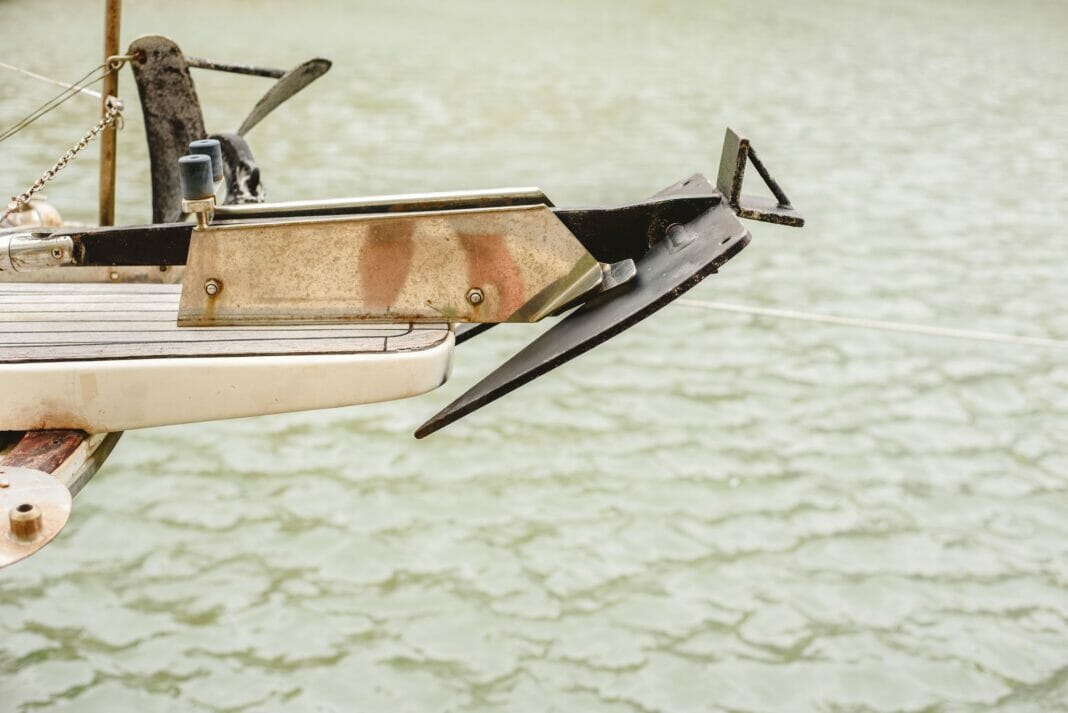Sailing and boating enthusiasts all around the world know the importance of having the right anchor to hold their boat in place. An anchor that is too small or lightweight may not hold the boat securely, while one that is too large may prove impractical or even dangerous. This article will walk you through the process of determining the perfect anchor size for your boat, ensuring you, your crew, and your boat remain safe and steady while at anchor.
Understanding the Importance of Anchor Sizing
Selecting the proper anchor size for your boat is crucial for safety and efficiency while out on the water. The main function of an anchor is to keep the boat securely in place when it is not in motion by gripping the seafloor. An inadequately sized anchor can result in the boat drifting or dragging, causing potential damage to the boat or other nearby vessels. With this in mind, it’s important to have an appropriate anchor to suit your specific needs and conditions.
Factors Influencing Anchor Size
There are several factors to consider when determining the appropriate anchor size for your boat. These include:
- Boat length
- Boat weight
- Windage
- Environmental conditions/substrate types
- Anchor type
It’s essential to consider all of these factors when choosing the right anchor size to ensure the best possible outcome during your boating trips.
1. Boat Length
Boat length is one of the primary factors that should be considered when choosing an anchor size. Anchors are usually designed to handle boats of a specific length range, which helps to ensure optimal holding power. To find the best-suited anchor size for your boat, measure its overall length and use this information as a starting point to narrow down your search.
2. Boat Weight
Although boat length is an essential factor in anchor sizing, boat weight should also be taken into account. The heavier the boat, the more holding power required from the anchor. The manufacturer’s specifications on your boat’s weight can help guide you in selecting the appropriate anchor size based on both length and weight.
3. Windage
The wind resistance or exposed profile of your boat plays a role in determining anchor size. Boats with a large windage area will require a more robust anchor for effective holding power in high-wind situations. For instance, sailing vessels with expansive sail areas and tall masts typically need heavier and more substantial anchors compared to boats with lower profiles.
4. Environmental Conditions and Substrate Types
The type of substrates you’ll be anchoring in is another crucial factor to consider. Different anchors may be more suitable for specific seafloor types, such as sand, mud, rock, or grass. Research the area where you will be using your boat and consult anchor manufacturer’s guidance on which anchor type and size is most effective for the given conditions.
5. Anchor Type
There are many anchor types available, each with its unique features and benefits. Some popular anchor types include:
- Fluke anchors: Ideal for soft substrates such as sand and mud.
- Plow anchors: Suitable for most substrates, including sand, mud, and grass.
- Claw anchors: Designed to provide a good grip on rocky or uneven seabeds.
- Mushroom anchors: Best for boats used in rivers or lakes with a soft, muddy bottom.
When selecting your anchor, choose the type that best matches the conditions you’ll be boating in and the size recommended based on your boat’s length, weight, and windage.
Anchor Sizing Charts
Many anchor manufacturers provide sizing charts to make it easier for boat owners to select the right anchor for their requirements. These charts usually offer recommendations based on boat length, weight, and, in some cases, windage or environmental conditions.
These charts are a valuable starting point for anchor sizing, but they should not be considered a rigid rule. Boating conditions, personal preferences, and experience should also be taken into account when choosing your anchor’s size.
Final Thoughts
Selecting the perfect anchor size for your boat involves considering multiple factors, such as boat length, weight, windage, environmental conditions, and anchor type. Use this information in conjunction with anchor sizing charts and manufacturer guidance to make an educated decision about the anchor that will best suit your needs. By ensuring you have the correct anchor size, you will enjoy a safer, more secure, and enjoyable boating experience.


